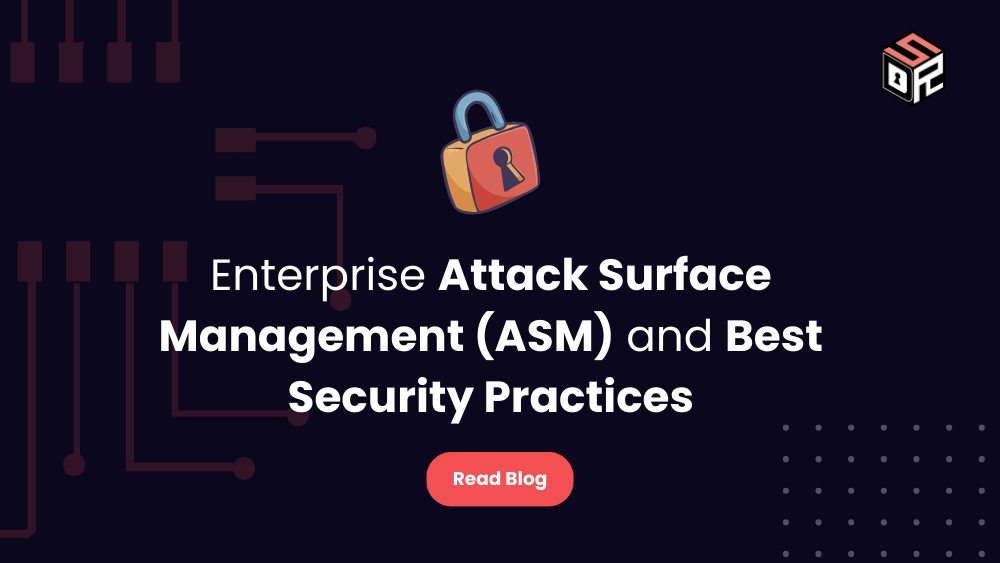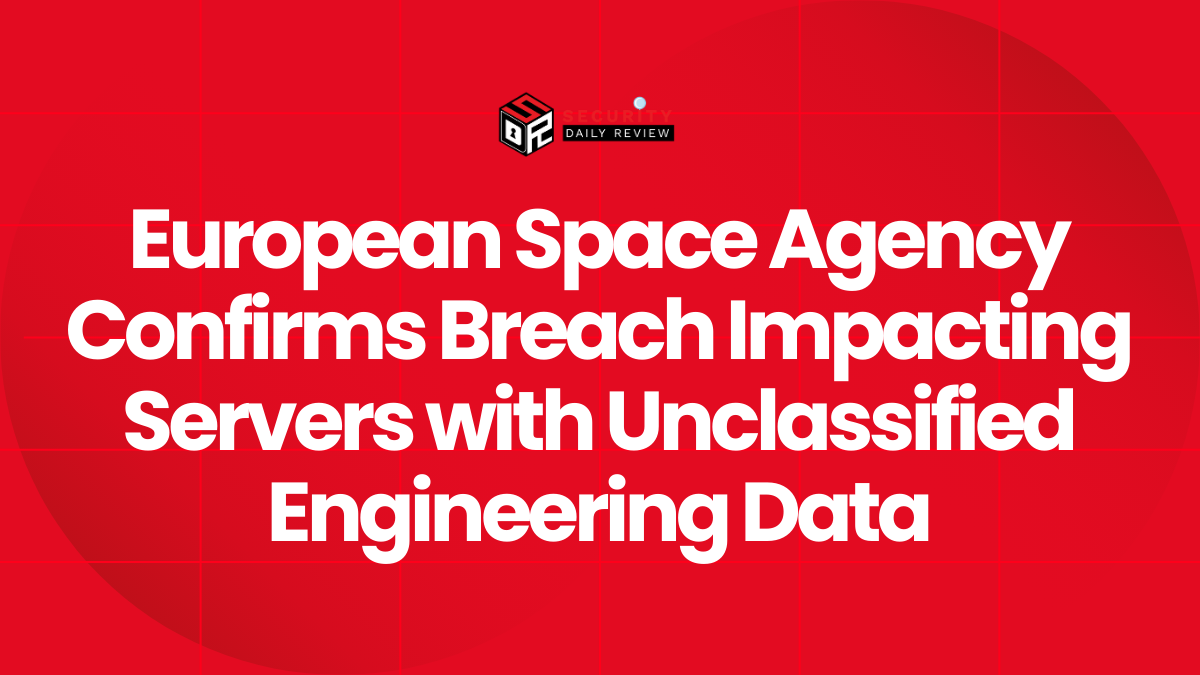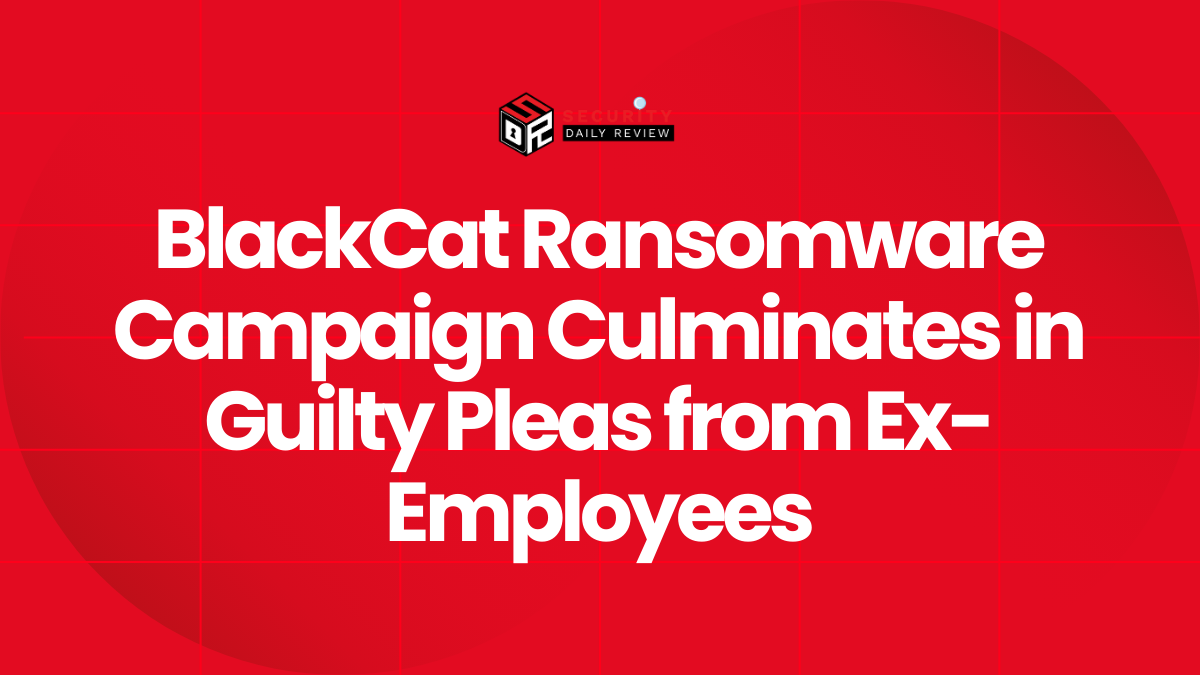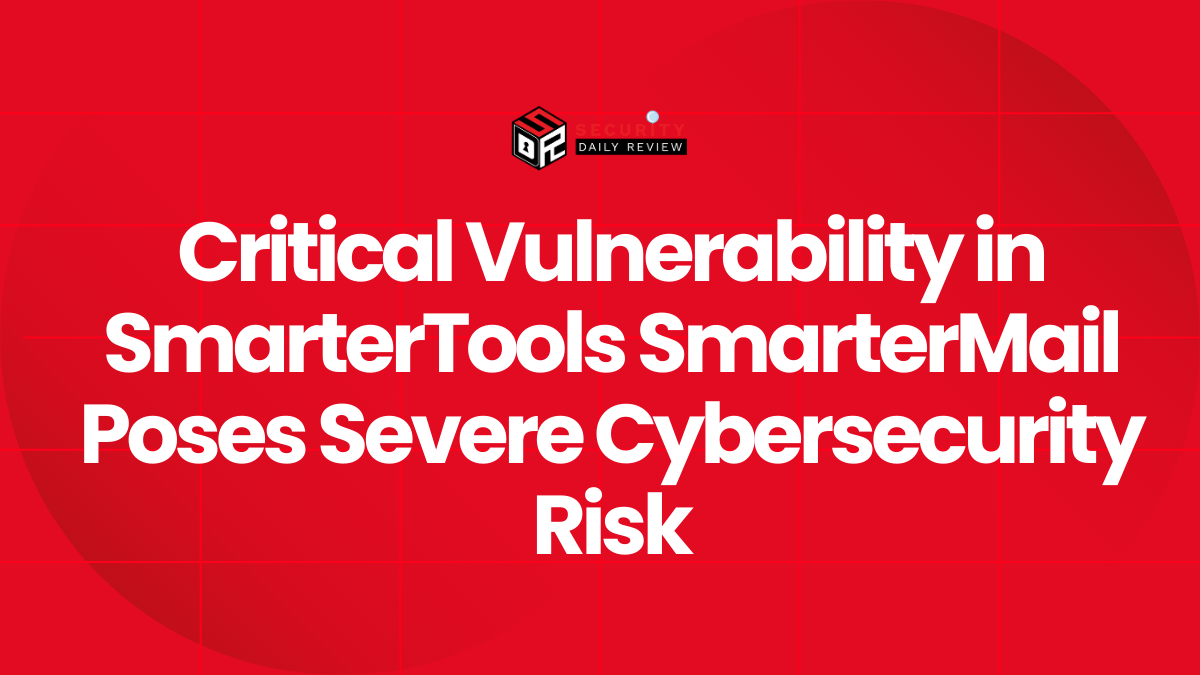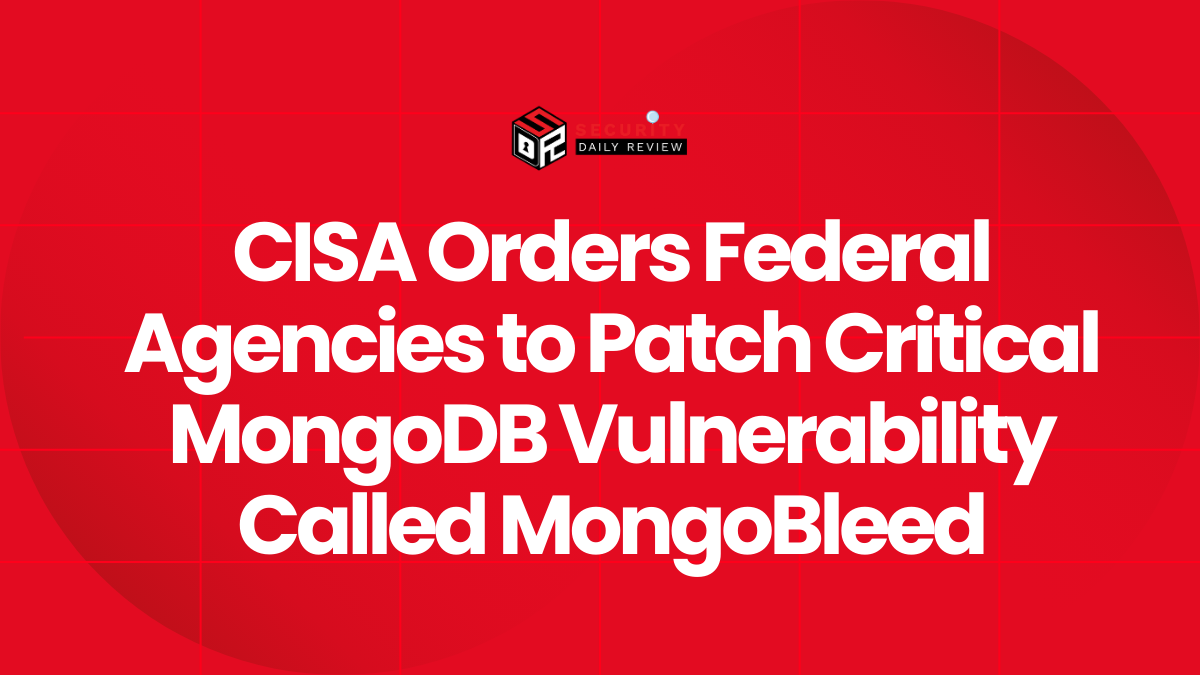Imagine a sprawling digital castle, brimming with sensitive data and critical operations. Every door, window, and hidden passage represents a potential entry point for cybercriminals. This vast “attack surface” is the unfortunate reality for large enterprises in today’s digital landscape. As their online presence expands and new technologies are adopted, the number of vulnerabilities grows. But fear not, there’s a solution: Attack Surface Management (ASM).
In this article, we will explore the importance of attack surface management for large enterprises and provide insights into best practices and tools to effectively manage your organization’s attack surface.
What is Attack Surface Management?
Think of your attack surface as a digital footprint – every device, application, server, and system connected to your network. Each point of connection represents a potential vulnerability that cybercriminals could exploit.
Attack Surface Management (ASM) is a proactive approach to identifying, analyzing, and mitigating these vulnerabilities. It’s like shining a light on all your digital entryways, allowing you to understand the risks and prioritize security measures to effectively block unauthorized access and disruptions.
Closing the Gates: How Attack Surface Management Protects Large Enterprises from Cyberattacks
Large enterprises are prime targets for cyber attacks due to their extensive digital footprint and valuable assets. Here are some key reasons why attack surface management is crucial for these organizations:
Risk Mitigation: Attack Surface Management enables enterprises to proactively identify and mitigate potential vulnerabilities before they are exploited by threat actors. By continuously monitoring and managing their attack surface, organizations can reduce the likelihood and impact of successful attacks.
Compliance: Many industries have regulatory requirements that mandate organizations to implement effective security measures. Attack Surface Management helps enterprises demonstrate compliance with these regulations by providing a comprehensive view of their security posture and proactive risk management.
Asset Protection: Large enterprises possess a wide range of valuable assets, including customer data, intellectual property, and financial information. Attack Surface Management allows organizations to safeguard these assets by identifying and securing potential entry points for attackers.
Business Continuity: Cyber attacks can disrupt business operations, leading to financial losses and reputational damage. By managing their attack surface, enterprises can ensure business continuity and minimize the impact of potential security incidents.
Third-Party Risk Management: Large enterprises often collaborate with numerous third-party vendors and partners. Attack Surface Management helps organizations assess the security posture of these external entities, ensuring that their cyber risk is effectively managed throughout the supply chain.
Minimize Risk, Maximize Security: Top 5 ASM Best Practices for Enterprises
Map Out the Attack Surface: Gain a comprehensive understanding of the organization’s digital assets, including networks, systems, applications, and devices. This involves conducting asset inventory and vulnerability assessments to identify potential entry points for attackers.
Implement Vulnerability Management: Regularly scan and assess the organization’s systems and applications for vulnerabilities. Prioritize remediation efforts based on the severity of the vulnerabilities and potential impact on the business.
Leverage Attack Surface Management Tools: Use attack surface management platforms and tools to automate the identification and monitoring of potential attack vectors. These tools provide real-time visibility into the organization’s attack surface for proactive risk mitigation.
Establish Strong Access Controls: Implement robust access control mechanisms to ensure that only authorized individuals can access critical systems and data. This includes implementing multi-factor authentication, role-based access controls, and least privilege principles.
Continuous Monitoring and Incident Response: Implement a robust monitoring system to detect and respond to potential security incidents in real time. Establish an incident response plan to effectively handle and mitigate the impact of security breaches.
The Ultimate ASM Toolkit: What Your Enterprise Program Needs
Continuous discovery: One of the fundamental aspects of an ASM program is continuous discovery. It is essential to have mechanisms in place that can identify and track any changes to the attack surface. This includes new assets being added, existing assets being moved, and changes in asset configurations. By staying informed about these changes, security teams can assess whether they introduce new vulnerabilities or if they are benign.
Attack path mapping: Understanding the potential attack paths that cyber adversaries may exploit is crucial for effective ASM. Attack path mapping involves identifying the connections between different assets and assessing how a malicious actor could navigate through the network. By mapping out these attack paths, security teams can identify and prioritize vulnerable choke points that could be targeted in various cyberattacks.
Threat intelligence integration: ASM should not only focus on identifying vulnerable assets but also on understanding the active exploits being used by cyber adversaries. Integrating threat intelligence analysis into the ASM program allows organizations to stay informed about the latest tactics, techniques, and procedures employed by threat actors.
Risk scoring: To prioritize remediation efforts, an ASM program should incorporate risk scoring. This involves analyzing the data collected and determining the criticality of each identified risk. Risk scoring can be based on factors such as asset business value, regulatory requirements, board-level priorities, and customer data. By assigning scores to risks, organizations can focus their resources on addressing the most critical vulnerabilities first.
Process integration and automation: ASM should not be seen as a standalone process but rather as an integral part of the organization’s overall cybersecurity strategy. It is important to integrate ASM with other domain-specific processes and tools, such as IT operations and software development. Process automation can optimize workflows and ensure a more efficient and effective ASM program. However, achieving successful process integration may require process reengineering and the involvement of key stakeholders, including CIOs and CISOs.
Executive reporting: To facilitate decision-making and communication, an ASM program should include a dashboard component that provides executive-level reporting. CISOs need to be aware of the cyber risks facing the organization so they can make informed decisions and effectively communicate with executives and corporate boards. The dashboard should provide a clear and concise overview of the organization’s attack surface, vulnerabilities, and ongoing remediation efforts.
Top Attack Surface Management Tools: Your Arsenal Against Cyberattacks
Several attack surface management tools are available to assist in internal and external attack surface management. Here are some notable tools:
Attack Surface Analyzer: A free Microsoft tool that helps identify potential security risks by analyzing changes to the operating system.
Nessus: A widely-used vulnerability scanner that provides comprehensive visibility into an organization’s attack surface and helps prioritize remediation efforts.
Qualys: A cloud-based platform that offers vulnerability management, threat intelligence, and continuous monitoring capabilities to effectively manage an organization’s attack surface.
Rapid7: Provides a suite of attack surface management solutions, including vulnerability management, penetration testing, and incident detection and response.
BreachLock: Offers a comprehensive attack surface management platform that combines automated scanning, penetration testing, and risk assessment to identify and mitigate potential vulnerabilities.
Conclusion
Attack Surface Management (ASM) empowers large enterprises to proactively secure their digital empire. By providing comprehensive visibility into potential security gaps, ASM empowers organizations to prioritize vulnerabilities, allocate resources effectively, and ultimately minimize the risk of cyberattacks.
Using a robust ASM strategy, large enterprises can ensure business continuity, protect valuable assets, and maintain regulatory compliance seamlessly.
Frequently Asked Question (FAQs)
What is Attack Surface Management?
Attack Surface Management refers to the process of identifying, analyzing, and reducing an organization’s exposure to potential cyber threats. It involves understanding the various entry points that attackers can exploit to gain unauthorized access to sensitive data or disrupt business operations.
Why is Attack Surface Management important for large enterprises?
Large enterprises are prime targets for cyber attacks due to their extensive digital footprint and valuable assets. Attack Surface Management helps these organizations proactively identify and mitigate potential vulnerabilities, demonstrate compliance with regulations, protect valuable assets, ensure business continuity, and manage third-party risks.
What are the best practices for enterprise Attack Surface Management?
- Mapping out the attack surface
- Implementing vulnerability management
- Leveraging Attack Surface Management tools
- Establishing strong access controls
- Continuous monitoring and incident response
What are some Attack Surface Management tools for large enterprises?
- Attack Surface Analyzer
- Nessus
- Qualys
- Rapid7
- BreachLock
How can Attack Surface Management benefit large enterprises?
Attack Surface Management allows large enterprises to proactively identify and mitigate potential vulnerabilities, reduce the risk of successful attacks, protect valuable assets, ensure business continuity, and demonstrate compliance with regulatory requirements. It also helps manage third-party risks and enhances overall security posture.
What are the key challenges in implementing an ASM program?
Implementing an effective ASM program can be challenging due to several factors. Some of the key challenges include the dynamic nature of the attack surface, the complexity of IT infrastructures, the need for cross-functional collaboration, and the continuous monitoring required to keep up with changes and emerging threats.
How does ASM contribute to overall cyber risk management?
ASM plays a crucial role in overall cyber risk management by providing organizations with better visibility into their attack surface and vulnerabilities. By identifying and mitigating potential risks, organizations can reduce the likelihood of successful cyberattacks and minimize the potential impact of security incidents.
What are the regulatory and compliance considerations related to ASM?
Several regulations and compliance frameworks emphasize the importance of ASM in maintaining strong cyber-risk practices. For example, the new SEC rules, the European Union’s NIS 2 Directive, and the U.S. Department of Defense Cyber Maturity Model Certification mandate organizations to have robust cyber-risk management practices in place, which includes ASM.

